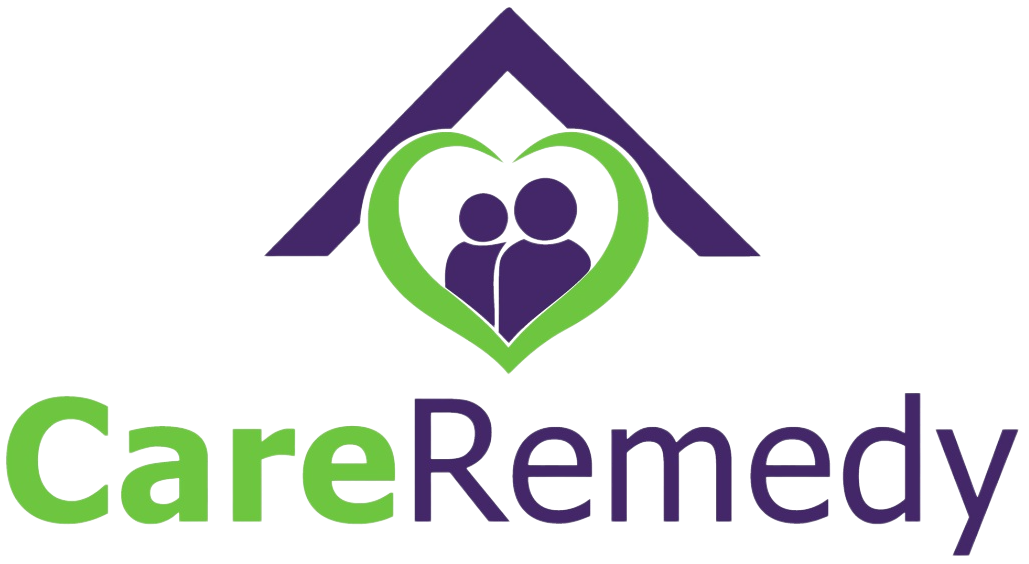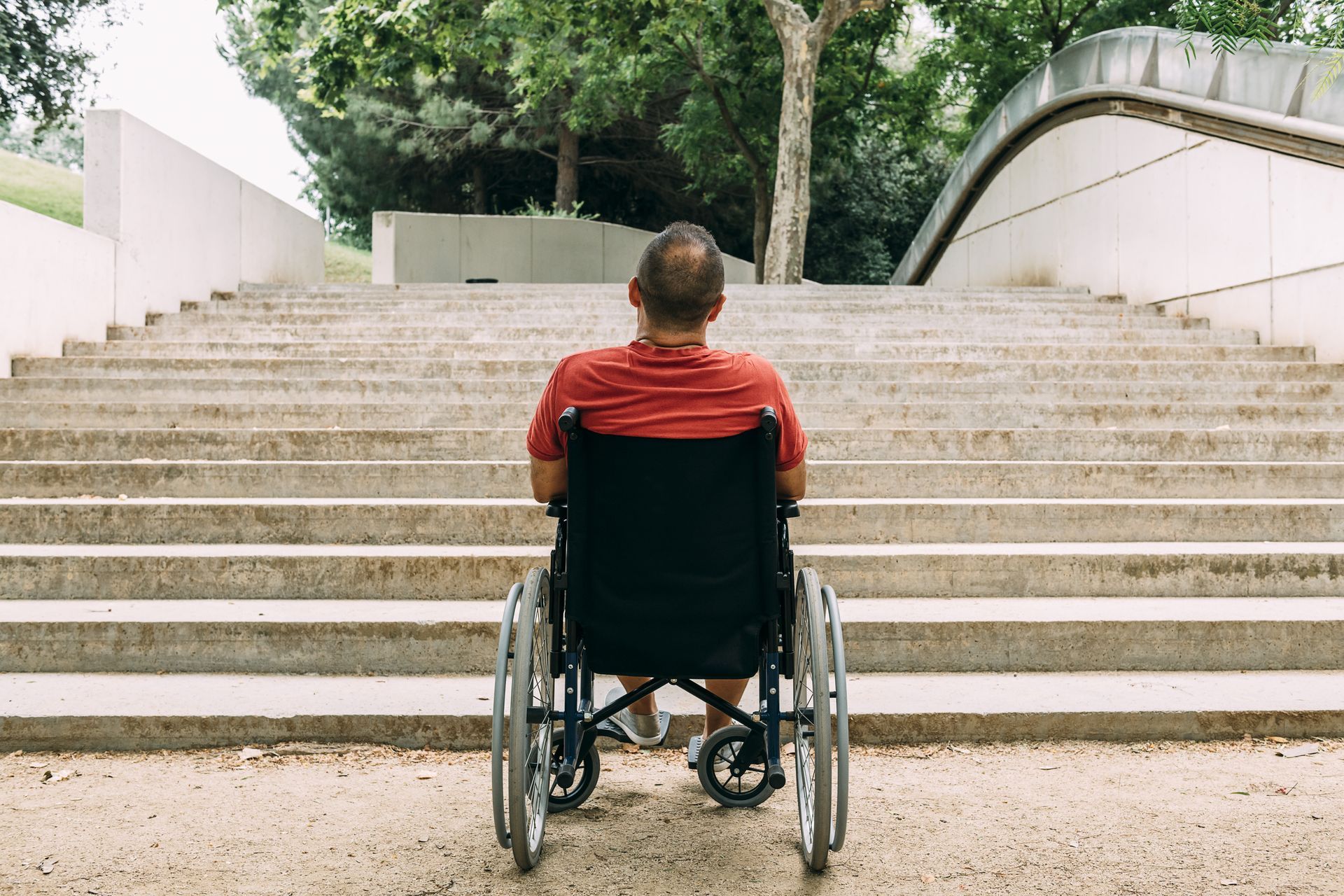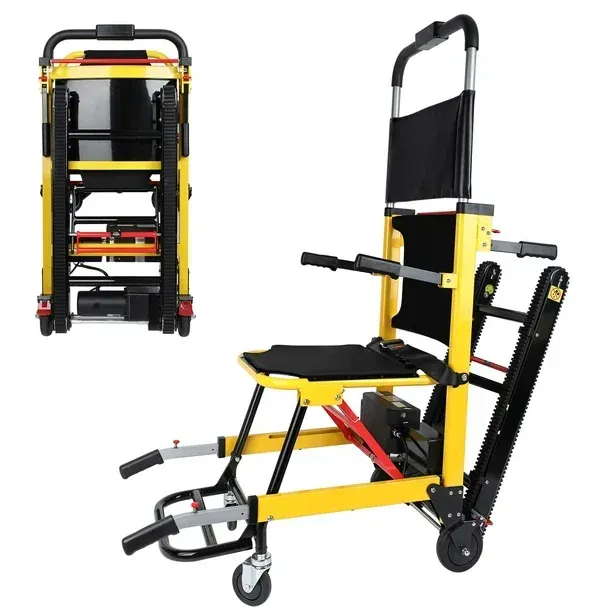Housing Options for Seniors
As senior living costs rise, finding affordable housing and care options becomes crucial. Here, we outline several alternatives and strategies to make senior care more cost-effective.
Aging is a natural process that often necessitates additional support and care. However, senior care can be expensive. We've gathered various living options and strategies to help make paying for care more manageable.e.
Senior Apartments
Senior apartments are an affordable option, especially for low-income seniors. These communities, often managed by local authorities, offer many of the same benefits and services as other independent or assisted living communities. Subsidies and funding programs such as Section 8 Housing Choice Vouchers and HUD Section 202 Supportive Housing for the Elderly can help offset costs.
Aging in Place at Home Care
Many seniors prefer to stay in their own homes as they age. To do this, they may need assistance with daily activities. Professional at-home personal care aides and certified nursing assistants can provide this support. According to Care Remedy's 2024 Cost of Care Survey, homemaker services cost an average of $6,720 per month, while home health aides cost around $7,292 per month.However Seniors can now choose Care Remedy’s all-in-one program for just $399 per month! Includes in-home care, deliveries, companionship, light housekeeping, personal care, ADL assistance, and free rides to medical appointments.
Relying on family and friends for support is another option. Informal caregivers can assist with tasks like grocery shopping, meal preparation, and transportation to medical appointments. Although there is no direct financial cost, it can take an emotional and time toll. The Bureau of Labor Statistics reports that over 37 million adults in the U.S. provide unpaid eldercare, with nearly half doing so multiple times a week. Additionally, AARP's 2021 report indicates that caregivers spend an average of $7,242 per year—26% of their income—on senior care
Community Groups and Resources
Many religious institutions and community villages offer volunteer groups that assist older adults with errands, meal preparation, and light home maintenance.
Veteran Support
Veterans who are eligible for a Veterans Administration pension and require assistance may qualify for additional benefits under the Aid & Attendance and Housebound programs. These benefits can help cover costs for daily functions, nursing home care, and other needs. Monthly benefits can total up to $2,300 for single veterans, with more available for couples.
Adult Foster Care
Adult foster care, also known as adult family care, offers a home-like setting with paid staff providing personal care, medication management, transportation, and meals. These homes are usually smaller and less expensive than assisted living or nursing homes. While Medicare does not cover adult foster care, Medicaid and veterans' benefits may help with the costs. The cost of adult foster care varies by state but generally is lower than the cost of assisted living, which averages $5,350 per month, and nursing homes, which can cost up to $9,733 per month.


